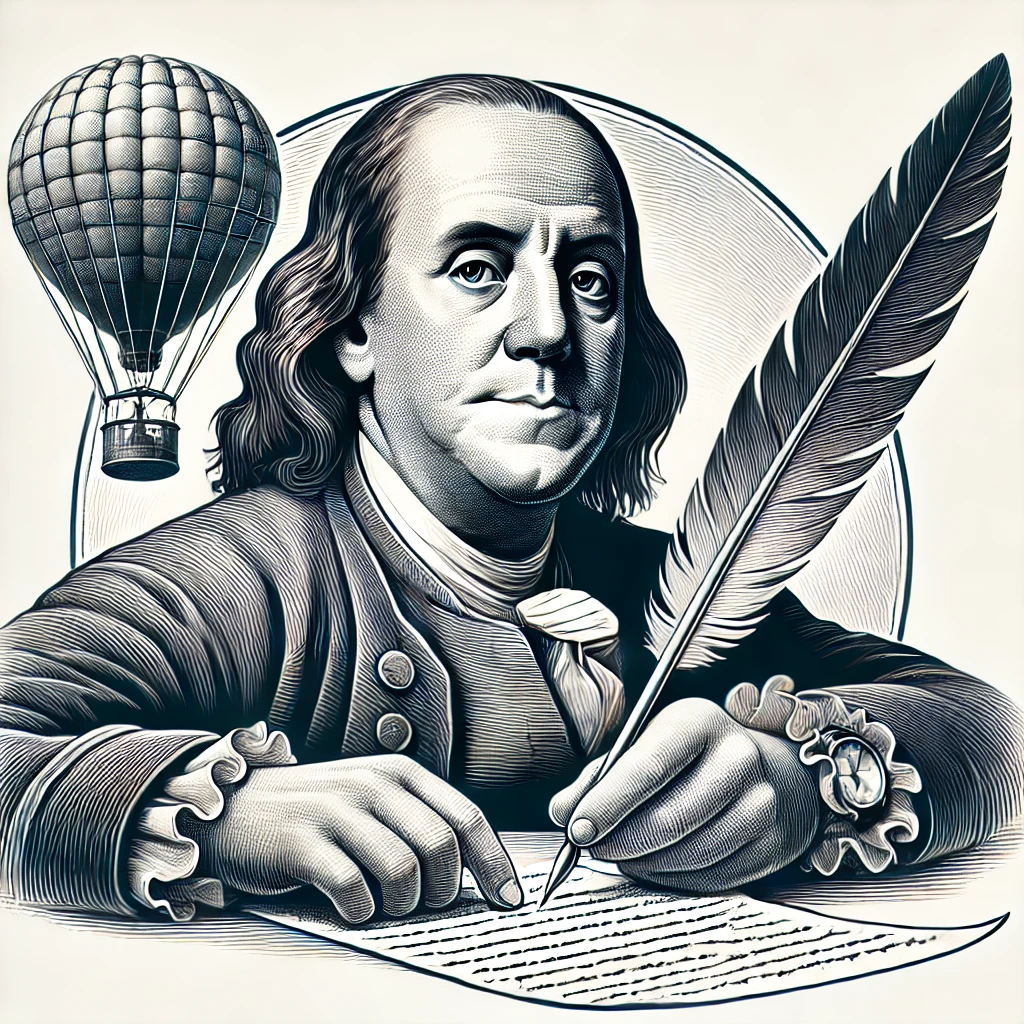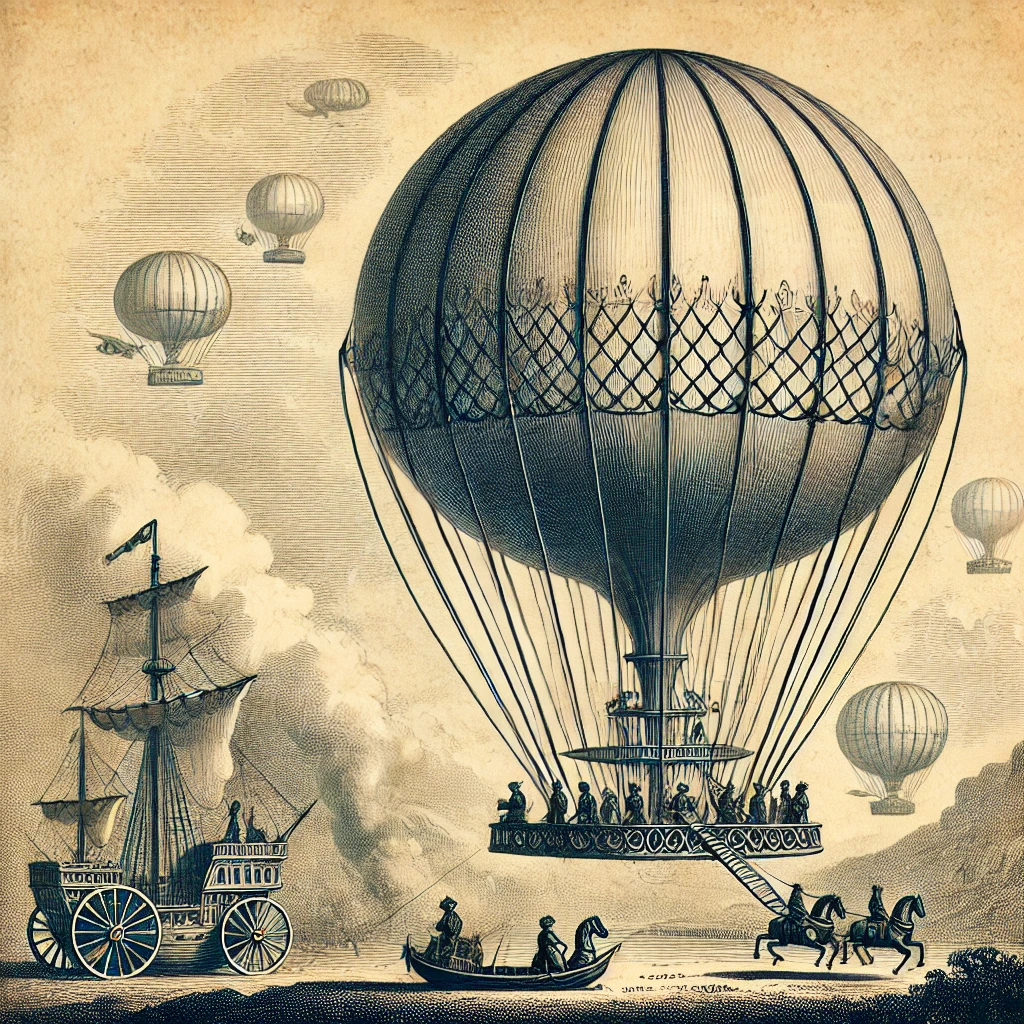On November 13, 1783, the esteemed polymath Benjamin Franklin penned a letter to French scientist Jean-Baptiste Le Roy, discussing the revolutionary idea of utilizing balloons for scientific experiments. This correspondence not only highlighted Franklin’s keen interest in science and innovation but also marked a pivotal moment in the early development of aviation technology. Franklin’s exploration of ballooning opened the door to new possibilities for scientific inquiry and experimentation, laying the groundwork for future advancements in flight.

Franklin’s Scientific Curiosity
Benjamin Franklin was not only a founding father of the United States but also a prolific inventor and scientist. His curiosity about the natural world and his desire to understand its mysteries drove him to explore various scientific fields, including electricity, meteorology, and fluid dynamics. In his letter to Le Roy, Franklin expressed his enthusiasm for the potential of hot air balloons, which were becoming increasingly popular in Europe following the Montgolfier brothers’ pioneering flights earlier that year.
Franklin proposed that balloons could be used for more than just novelty; he envisioned them as tools for scientific experimentation. His ideas included the possibility of using balloons to study atmospheric conditions, explore the upper reaches of the atmosphere, and even deliver messages or small objects. This forward-thinking approach demonstrated Franklin’s belief in the power of science to push the boundaries of human knowledge and capability.

The Impact on Aviation Development
Franklin’s correspondence with Le Roy was significant not only for its content but also for its timing. The letter came at a moment when ballooning was capturing the public’s imagination and sparking interest among scientists and inventors. The success of the Montgolfier brothers’ first manned flight in a hot air balloon in June 1783 had already set the stage for further exploration of this new technology.
Franklin’s insights contributed to a growing movement that would eventually lead to the development of various balloon designs and experiments. His encouragement of scientific experimentation using balloons inspired others to consider their practical applications in transportation, reconnaissance, and exploration. The principles discussed in Franklin’s letter laid the groundwork for the advancements that would follow in both hot air and gas balloon technology, eventually culminating in the era of heavier-than-air flight.
A Lasting Legacy in Science and Aviation
The exchange between Franklin and Le Roy represents a significant intersection of science, innovation, and international collaboration. It reflects the spirit of inquiry that characterized the Age of Enlightenment, during which thinkers across Europe and America sought to expand human understanding through observation and experimentation. Franklin’s approach to science was inclusive and forward-looking, and his ideas regarding ballooning have resonated through history.
The legacy of Franklin’s vision can be seen in the continued evolution of aviation technology. Today, balloons are not only used for recreational purposes but also play essential roles in scientific research, such as atmospheric studies and weather monitoring. Moreover, Franklin’s advocacy for the scientific method and experimentation has influenced countless fields, encouraging future generations to explore and innovate.

The letter written by Benjamin Franklin to Jean-Baptiste Le Roy on November 13, 1783, marked a crucial step in the exploration of aviation technology and the use of balloons for scientific inquiry. Franklin’s insights and visionary ideas demonstrated his commitment to advancing knowledge and understanding through experimentation. As we reflect on this moment in history, we recognize the lasting impact of Franklin’s work on the field of aviation and the broader realm of science, inspiring a legacy of curiosity and innovation that continues to thrive today.
